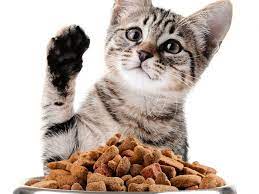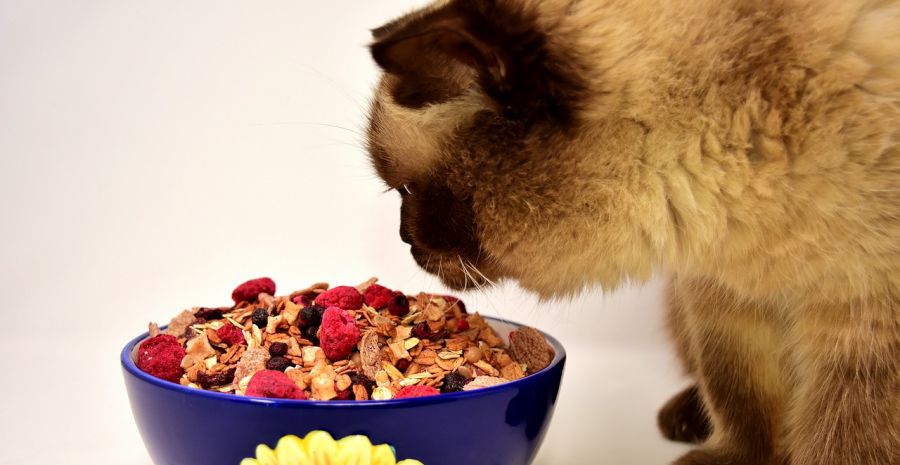Types of Cat Food You Need to Know
In order to live a healthy and long life, pet cats need adequate nutrition. This can be obtained through the intake of the given food.
 |
| cat food illustration, Pixabay |
Because they are carnivores, cats depend on nutrients obtained from animal-based foods. Therefore, important nutrients in cat food include fats, carbohydrates, vitamins, minerals, fatty acids, and amino acids.
although cats need a certain amount of each nutrient to be healthy, more is not always better.
This is especially true for vitamins and minerals. So, the use of supplements is usually not necessary if you provide a balanced and complete diet.
Supplements can be harmful to cats and should not be given without veterinary approval. Cats should also have access to clean and fresh water at all times.
Cat food sold in the market consists of dry food (dry food), semi-moist (semi-moist), and canned or wet food.
The differences are based on water content, protein level, calorie density, palatability, and digestibility.
Here are the types of cat food you need to know.
1. Dry food
Dry food contains 6 to 10 percent water. Depending on the formulation, the ingredients are mixed, extruded and dried into small pieces for the cat to bite easily.
- The ingredients contained in it include the following.
- Meat products and/or by-products
- Poultry products and/or by-products
- Grain products and/or by-products
- Fish food
- Source of fiber
- Dairy products
- Vitamin and mineral supplements
Pieces of dry food are often coated with a flavor enhancer, such as animal fat, to make the food more appetizing for the cat.
Dry food is relatively inexpensive. However, dry food may be less palatable to cats than wet or semi-wet food, and depending on the type and quality of the ingredients, may also be less digestible.
If you use dry food, it is important to store it in a cool, dry place, and not to use food after its expiration date.
Cat owners often buy dry food in bulk which can sometimes be stored for months, so checking the expiration date before giving it to the cat is essential.
Storing dry food for a long time reduces the activity and potency of many vitamins and increases the chances of fats going rancid.
It's a good idea to store dry cat food in an airtight container to help prevent nutrient loss and retain flavor.
2. Semi-wet food
This type of food contains at least 35 percent water. Its main composition is usually meat products and by-products.
Other ingredients that are often used as a semi-wet food composition include processed soybean products, cereals, grain by-products, and preservatives.
The price of semi-wet food is generally medium, in the sense that it is affordable. This type of food may be more attractive than dry food for some cats and can also be used as a variety of food.
However, once the package is opened, the food may dry out, become unpalatable and/or become rancid.
3. Wet food
Canned or wet food has a water content of at least 75 percent, making it a good source of nutrition and water for cats. Usually this is the most expensive type of cat food, but it is also very suitable for most cats.
There are many varieties of wet food available in the market, which can be helpful if your cat tends to be fussy about food. Canned food has the longest shelf life when unopened, but once opened it should be stored in the refrigerator to maintain quality and prevent spoilage.
Canned cat food generally contains meat products, such as kidneys or liver, and whole meat byproducts as the main ingredient.
Some brands may be nutritionally incomplete, and it is important to read nutrition labels carefully to ensure that these foods have nutritional guarantees.


Post a Comment for "Types of Cat Food You Need to Know"